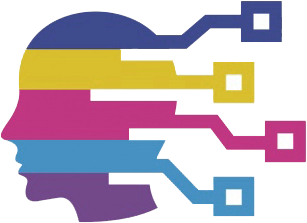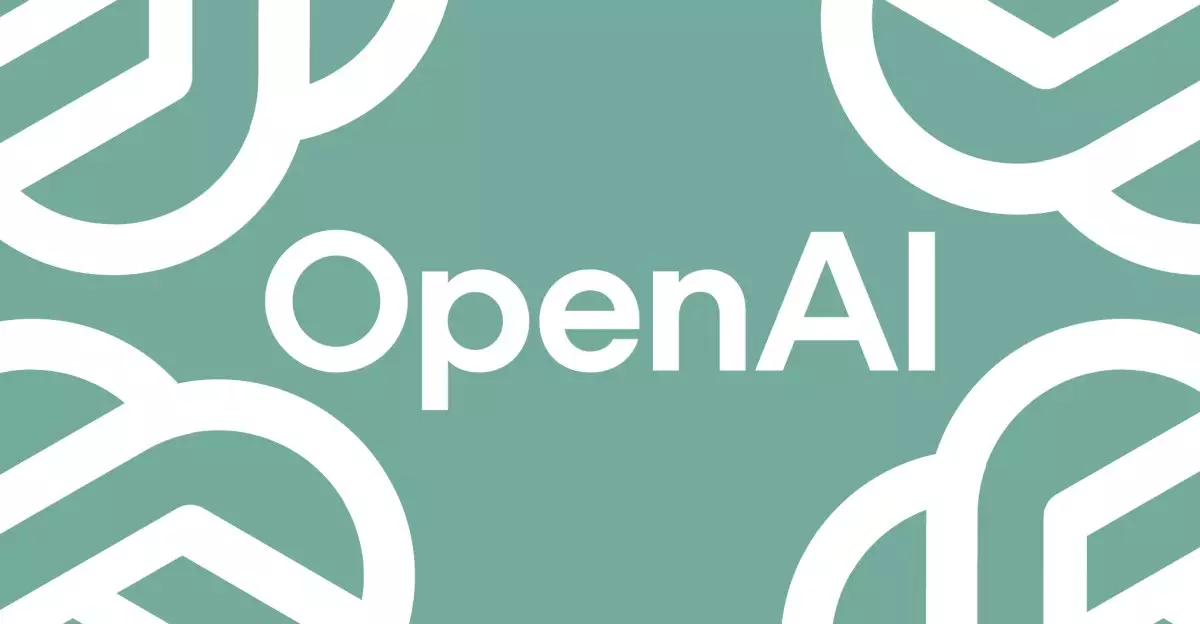OpenAI’s latest innovation, the GPT-4.1 model, signifies a monumental step forward in AI technology, particularly in the realm of multimodal processing. As the company deliberately recalibrates its timeline for GPT-5, the release of GPT-4.1 comes as both an evolutionary upgrade and a direct response to growing competition within the AI landscape. With the promise of heightened capabilities, GPT-4.1 presents itself not merely as an iteration, but as a transformative force that enhances user experience and operational efficiency.
The introduction of a substantially larger context window, accommodating up to an astounding one million tokens, clearly illustrates OpenAI’s commitment to advancing the utility of its models. Such an increase is not just quantitative but also qualitative, allowing GPT-4.1 to provide sharper insights and maintain coherence over longer dialogues or complex datasets. This feature positions it as an invaluable tool for developers and researchers aiming to harness the full potential of AI.
Scalable Options for Diverse Needs
OpenAI has showcased its understanding of varying developer needs with the introduction of two smaller, versatile models alongside GPT-4.1: GPT-4.1 Mini and GPT-4.1 Nano. This strategic diversification makes advanced AI technology accessible to a broader audience, especially for those who might find the full-scale model financially prohibitive or technically overwhelming. By allowing developers to choose between a lightweight model and a more powerful one, OpenAI is not just selling software; it’s democratizing AI innovation.
Availability and cost-effectiveness indeed play a crucial role in today’s competitive landscape. The fact that GPT-4.1 is reported to be 26% cheaper than its predecessor, GPT-4o, is a critical development. Following the revelation of DeepSeek’s efficient AI model, developers are increasingly prioritizing performance relative to cost. This price adjustment along with enhanced capabilities offers a compelling rationale for transitioning to GPT-4.1, inviting a new wave of experimentation and application development.
Optimized Performance Meets User Demand
OpenAI’s assertion that GPT-4.1 is “far more reliable” than GPT-4o in focusing on relevant information speaks volumes about its design philosophy. In an era where data overload can mask significant insights, the model’s ability to filter distractors will be crucial for users seeking clarity and precision. This advancement is particularly pertinent for industries heavily reliant on data analysis, such as finance, healthcare, and marketing, where interpretive accuracy can lead to more informed decision-making.
The company’s commitment to phasing out older models indicates a bold strategy for remaining at the forefront of AI. By emphasizing the deprecation of GPT-4 and its snapshot version, GPT-4.5, OpenAI clearly signals its intent to streamline its offerings, ensuring that users have access to the most effective models with optimal performance characteristics. This proactive approach not only solidifies trust in continuous improvement but also aligns with the expectations of tech-savvy consumers who demand cutting-edge solutions.
Refining AI in Real-Time
Moreover, the excitement surrounding GPT-4.1 can be partly attributed to the recent enhancements in image-generation capabilities that have attracted significant user interest. The surge in demand led to temporary throttling measures, a testament to the model’s immediate impact and popularity. Such immediate responsiveness to user feedback reflects OpenAI’s agility, as they adapt their service offerings to fit market demands.
In light of the postponed GPT-5 launch, the introduction of GPT-4.1 positions OpenAI not merely as a participant but as a leader in the ongoing advancements within the AI sector. As technology evolves, the focus must bear on how well it meets the practical needs of users in real-time while paving the way for future innovations. The anticipation for GPT-5 remains, but for now, GPT-4.1 is set to redefine the landscape, capturing the imagination of developers and end users alike.

